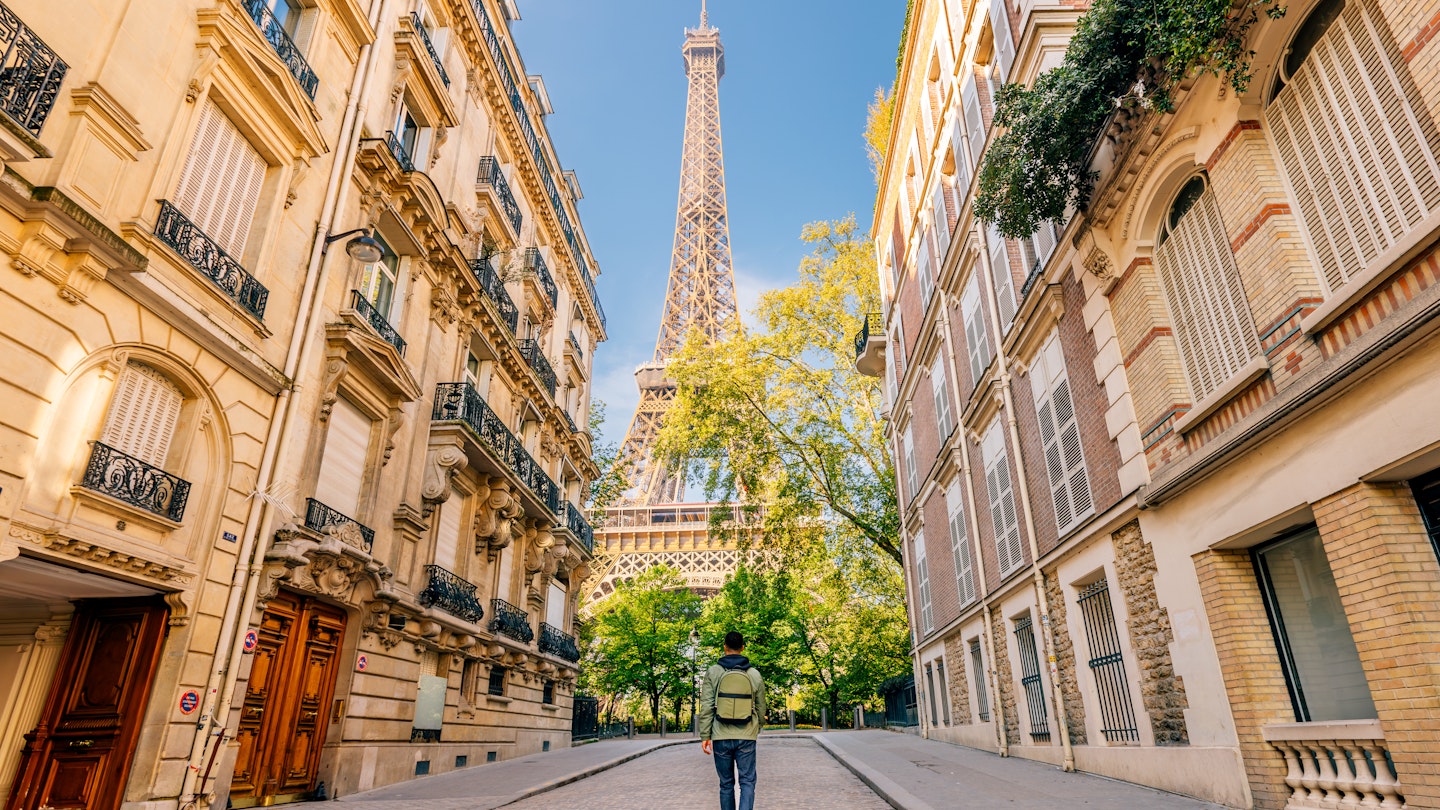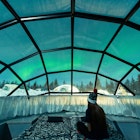
Nov 19, 2024 тЂ 9 min read

There's a perfect time to visit France, whether you're looking for big city action or bucolic charm ТЉ Alexander Spatari / Getty Images
Summer on the coast or winter on the slopes? Anna Richards, one of the authors of the , shares her tips for planning the best time to visit France for your perfect vacation.
With Alpine giants, subtropical Mediterranean gardens and a festival calendar covering everything from free music to garlic, the best time to visit France depends on where you want to go.
Provided you go to the right part of the country, France is a year-round destination. Paris, for example, never sleeps, although it naps a little in August when many Parisians flee the city for the coast. Many parts of the country, however, are highly seasonal. Head to rural areas outside of the summer season (generally May to September), and you may find nothing open at all. This is exacerbated in Corsica, where thereтs only a narrow window between тcompletely deadт and тthe arrival of the whole of Parisт in May, June and September.
There are three main climates. Paris, northern and western France have mild, wet winters and warm to mild summers. The Mediterranean has hot, largely dry summers and mild winters, while the Alps have snowy, cold winters and cooler summer temperatures.

December sees many French towns turn into a nativity scene, particularly in Alsace, where the German influence runs strong and Christmas markets are an institution. The largest is in Strasbourg, but many prefer the smaller markets in the half-timbered towns of Colmar and Riquewihr. In Lorraine and parts of Alsace, St Nicolas Day on December 6 is more important than Christmas, and celebrations in Nancy, Metz and Epinal see a threatening and grubby тFather Whipperт accompany St Nicolas to give out coal and turnips to naughty children. (Fortunately he doesn't actually whip them.)
Rising temperatures mean that winter weather is becoming increasingly unreliable in the Alps, and many of the lower-level ski resorts have opened only between mid-January and mid-March in recent years, if at all. The higher, larger resorts (such as Serre Chevalier, Les Trois VallУЉes and Les Portes du Soleil) consistently open from early to mid-December through to mid-April. The ski season in the PyrenУЉes also runs from December through to April.
Can't wait to hit the slopes? Here are the 8 best places for skiing in France
Off-piste, this also is the season for more unusual snowy activities. Snowshoeing and cross-country skiing are particularly popular in lower-level areas, including the pre-Alpine massif (Chartreuse, Vercors and the Bauges), Jura and the central Auvergne. Even ski stations at altitude are looking to diversify their offerings in the face of the climate crisis. Popular alternatives to skiing include ice karting in Serre Chevalier Briancon, ice diving in Tignes, and cold-water paddleboarding on the glacial waters of Lake Annecy.
January to March is carnival time, and the most famous two happen at opposite ends of the country: Nice and Dunkirk (the latter has a particularly stinky tradition, where herring are thrown into the crowd). Menton, near the Italian border, celebrates its perennial summer spoils with its annual lemon festival from mid-February to early March.

Festivals really kick off in France from the start of May, thanks in part to the numerous public holidays (Labour Day on May 1, Victory Day on May 8 and Ascension Day on May 9). Many French people take advantage of тfreeт holiday days to bridge them with the weekend. Giant electro festival takes over former factories and abattoirs in Lyon to provide a five-day party. On June 21, the longest day of the year, a free, countrywide music festival, La FУЊte de la Musique, occupies the streets of Franceтs major cities, and many of the smaller towns too. Cannesт world-famous film festival draws stars of the silver screen from all over the world in May.
Keen surfers go to the southwest coast in May, when the swell is reliably clean (although June to August is better for beginners). From late May through to mid-June, the tennis tournament gets into swing at Roland Garros, Paris. In late June, Provenceтs lavender fields bloom, and the landscape turns a vivid shade of purple.
Read more: 6 (big) reasons to visit France in 2024

The height of summer is the best time to tackle some of Franceтs hardest, highest-altitude hikes, like the GR20, Tour de Mont Blanc and Tour des Ecrins, as most of the snow has melted. Coastal France, particularly the CУДte dтAzur, gets incredibly busy with both domestic and international travellers, but you can guarantee that everything will be open.
Inland cities (even Paris) generally grind to a bit of a halt in August, as business owners shut up shop and head off on their own holidays. It makes it one of the quietest times to visit the French capital (bar Disneyland, whose prices and occupancy skyrocket during the summer holidays), and is often when hotel rates are at their lowest. Note that in 2024, Paris is hosting the Olympic and Paralympic Games, so itтs quite the reverse, and hotel prices have seen a huge increase.
Franceтs most famous sporting event, the Tour de France, is largely held in July, and the Lycra brigade race for approximately 3500km across the country. The route changes each year.

In late August through to mid-September, the grapes are harvested in Franceтs major wine growing regions: the Loire, Bordeaux, Languedoc-Roussillon, Champagne, Bourgogne and the RhУДne Valley. Independent winemakers begin their tour of the country to showcase their wares, with the starting in mid-October.
After the harvest, the first wine to be uncorked т to much revelry т is Beaujolais Nouveau on the third weekend of November. Expect open-door wine-tastings at chУЂteaux all over Beaujolais and on Franceтs most riotous fancy dress wine marathon, which has at least 15 different tastings along the route.
In true French fashion, celebrating gastronomy is a priority. The culinary festivals throughout the country are weird and wonderful, and many take place in harvest season. The Ardeche hosts a series of chestnut festivals (Les Castagnades), and at Lautrecтs (early August) itтs not unheard of for garlic to make it into the wine.
Looking for more great experiences? Here are our top picks in France
Check out these budget-friendly tips before you book
See more of France on one of these classic road trips


Nov 19, 2024 тЂ 9 min read





Sep 19, 2023 тЂ 4 min read


